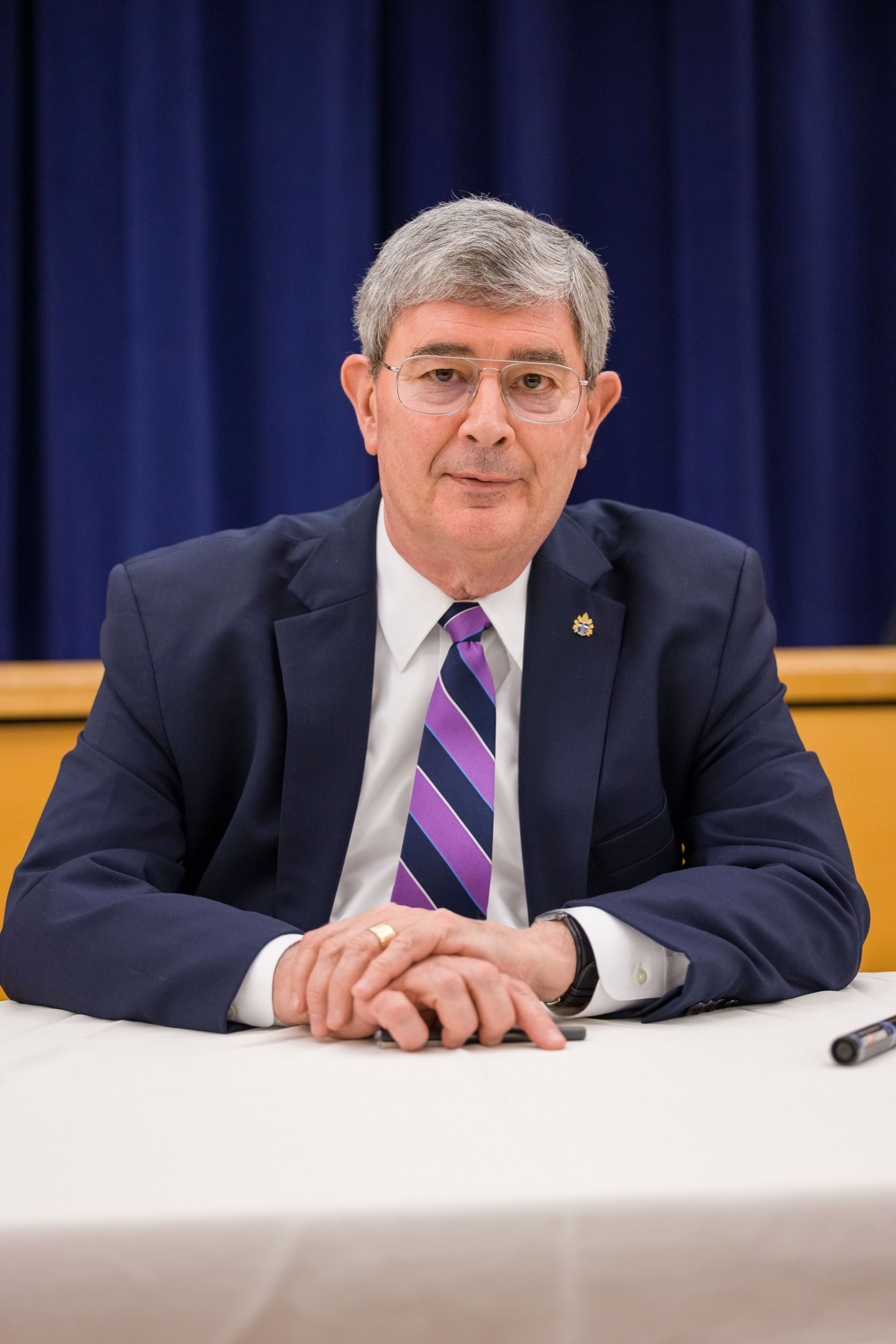Those most enthusiastic about the Synod on Synodality that opens on October 4 are wont to say that it’s the most important Catholic event since the Second Vatican Council (1962–1965)—a claim that sometimes carries the implication that it’s the only important thing that’s happened in the Church since Vatican II. I beg to differ. Here are eleven crucial events since the Council, with notes on their significance.
July 25, 1968: Pope Paul VI issues the encyclical Humanae Vitae, on the morally appropriate means of regulating fertility. In doing so, the pope challenges the culture-eroding assumptions of the sexual revolution, prophetically warns of the impact of a contraceptive mentality on society and on women, and draws a line in the sand against the attempt by proponents of Catholic Lite to dominate the Church’s moral theology.
December 8, 1975: Paul VI issues the apostolic exhortation Evangelii Nuntiandi, reminding the Church that Pope John XXIII intended Vatican II to energize the Church for mission, and that at the center of Christian mission is “the name, the teaching, the life, the promises, the kingdom, and the mystery of Jesus of Nazareth, the Son of God.”
June 2–10, 1979: On his first pastoral visit to Poland, Pope John Paul II demonstrates the vitality of Catholic social doctrine by igniting a revolution of conscience that will, over the next decade, lead to the nonviolent collapse of European communism.
November 24–December 8, 1985: The Second Extraordinary General Assembly of the Synod of Bishops, called to mark the twentieth anniversary of Vatican II by considering what had gone right and what had gone wrong in the Council’s implementation, affirms the Council as a great gift of the Holy Spirit and weaves the Council’s sixteen documents into a coherent tapestry by describing the Church as a communion of disciples in mission.
December 7, 1990: John Paul II issues the encyclical Redemptoris Missio, formally launching the New Evangelization by calling all Catholics to live the missionary vocation into which they were baptized, because mission territory is everywhere.
August 6, 1993: Dated for the Feast of the Transfiguration, John Paul II’s encyclical Veritatis Splendor teaches that the moral life is ordered toward beatitude, which is eternal life within the light and love of the Thrice-Holy God; that some acts are gravely evil in themselves, irrespective of intentions; and that growth in the virtues is the royal road to human flourishing and happiness.
March 20–26, 2000: During a week-long pilgrimage to the Holy Land, John Paul II reminds the Church and the world that Christianity is neither a myth nor a pious fairy-tale; Christianity begins with the lives of real men and women, in a place that you can see and touch today, who were so transformed by their encounter with the Risen Lord Jesus that they went out on a mission to convert the world—and thus teach the world its true story and its noble destiny.
August 6, 2000: The Congregation for the Doctrine of the Faith issues the declaration Dominus Iesus, which affirms that Jesus Christ, far from being one example of a generic divine will-to-save that expresses itself in different historical personalities, is the unique savior of humanity and the center of history and the cosmos.
April 18, 2005: At the Mass for the Election of the Roman Pontiff, Cardinal Joseph Ratzinger, Dean of the College of Cardinals, warns of a “dictatorship of relativism” that will threaten the human future if political and legal power is deployed to impose a dumbed-down notion of truth on everyone.
December 22, 2005: At his first Christmas address to the Roman Curia, Pope Benedict XVI describes two interpretations of Vatican II that have contested for the Catholic future since the Council itself. One was false: a “hermeneutic of discontinuity and rupture” that led to ecclesiastical stagnation and worse. The other, the “hermeneutic of reform” in continuity with the Church’s settled tradition, was true and had energized a vital Catholicism.
November 19, 2011: In Benin, Benedict XVI signs the apostolic exhortation Africae Munus (Africa’s Commitment), lifting up dynamic orthodoxy as the key to the evangelization of sub-Saharan Africa, the greatest growth area in the twenty-first-century Church.
If Synod 2023 is to be a development of the Church’s authentic tradition rather than another fruitless effort to reinvent Catholicism according to the cultural canons of post-modernity, its discussions—its so-called “conversations in the Spirit”—must take full account of these eleven crucial Catholic moments since Vatican II, all of which were expressions of the ongoing work of the Holy Spirit in the Church.

George Weigel’s column “The Catholic Difference” is syndicated by the Denver Catholic, the official publication of the Archdiocese of Denver.
George Weigel is Distinguished Senior Fellow of Washington, D.C.’s Ethics and Public Policy Center, where he holds the William E. Simon Chair in Catholic Studies.
First Things depends on its subscribers and supporters. Join the conversation and make a contribution today.
Click here to make a donation.
Click here to subscribe to First Things.
Image by Centro Televisivo Vaticano licensed via Creative Commons. Image cropped.
Are Diversity and Catholicism “Equally Important” at Notre Dame?
Notre Dame’s provost, John McGreevy, laid out priorities for faculty hiring to Notre Dame faculty in a…
The USCCB Should Reject Federal Funds
On Monday, Pope Francis sent a letter to the bishops of the United States. Criticizing the Trump…
Super Bowls and Bad Samaritans
The editors discuss Super Bowl 59—why we watched, who tried to rig the outcome, and what Taylor…


